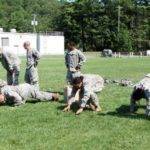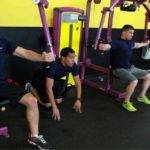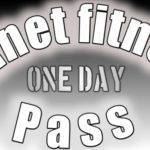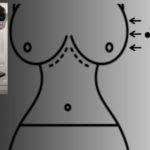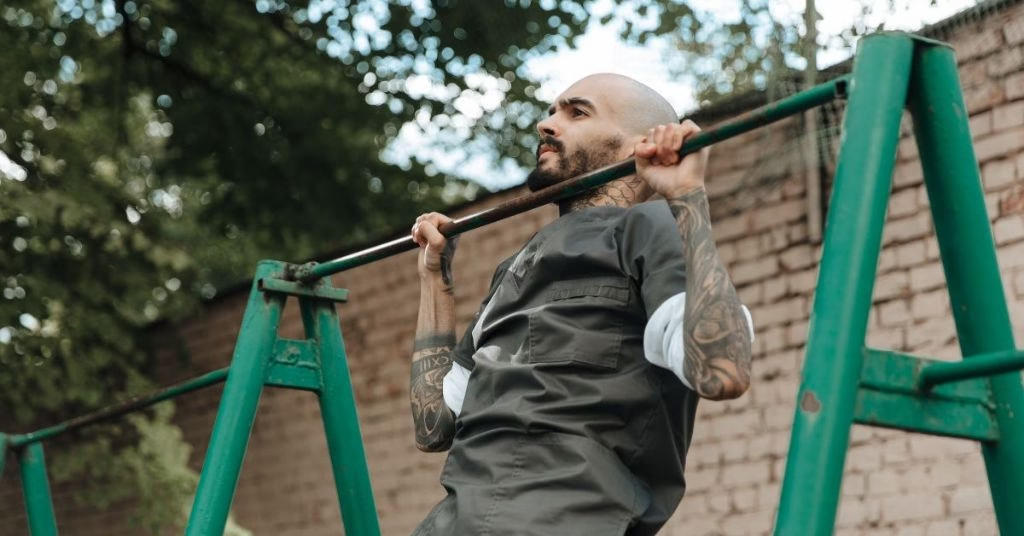
Table of Contents
Burpee pull-up is a dynamic and challenging CrossFit exercise that combines multiple movements into one effective workout. It ends with participants jumping to grab a pull-up bar overhead with which they train additional muscles using their body weight as is common in calisthenic exercises.
The overhead bar must be set high enough that the trainee’s fingertips cannot touch it while standing upright.
As a high intensive interval training (HIIT) it is another variation of the conventional burpee exercise just like the Navy Seal burpee we discussed in the last article. Though there are several other demanding variations of burpees, the burpee pull-up exercise is about the most strenuous.
How to do a burpee pull-up.
The pull-up burpee follows the same principle and procedure as the conventional burpee. At this point, you may want to check out our guide on how to do the conventional burpee step-by-step.
However, as a high-intensity exercise, you don’t want to get started on it without adequate warm-up which not only reduces the risk of injury but also reduces muscular strength impairment as published in the Journal of Strength and Conditioning Research(SCR).1
It’s at the jump phase of the traditional burpee that what makes a pull-up burpee kicks in. Unlike in the conventional burpee, a burpee pull-up is done under a pull-up bar, raised to a reasonable height above you.
During a burpee pull-up, on getting back into squatting from a plank position you’ll have to explosively leap upwards in the jump phase as shown in the image below. As you reach the apex of your jump, you’ll have to grab the pull-up bar overhead. While still holding the bar, pull yourself upwards till your chin is above the level of the bar as shown in the featured image above.

There are people whose fitness level allows them to pull their chest up to the bar and beyond. Whatever level you are at, you’ll usually improve as your body adapts to the workout and your fitness level improves.
After executing the pull-up, lower yourself down and release the bar as you return to a standing position. This completes one repetition. You may then repeat the cycle for as many repetitions as required or your level of fitness can handle.
The 3 standards for a burpee pull-up.
As an excellent choice for strength building, muscle development, and cardiovascular fitness, the pull-up phase of a burpee pull-up has the following as its set standard:
- The depth of the squat: This plays a crucial role in the effectiveness of the burpee. A proper squat for a pull-up burpee requires the hips to drop below parallel, ensuring the knees track over the toes while maintaining a firm base. This depth activates the major muscle fibers in your lower body, engaging the glutes, quads, and hamstrings effectively. As you prepare for the jump phase, it is vital to maintain an upright torso to prevent injury and maximize power.
- The height of the jump: This must be sufficient to allow for an efficient transition into the pull-up. The jump should propel the body upward to a height that allows your hands to reach the pull-up bar without excessive strain.
- Control and form: Execution of the pull-up demands proper control of the process and form. On reaching the bar, your arms should be fully extended at the bottom of the movement and your chin should surpass the bar at the top of the movement. This ensures full engagement of your upper body muscles like the biceps and lattissimus dorsi.
Adhering to these standards while performing the burpee pull-up allows you to refine your technique, push your physical limits, and see quick progress in your fitness journey,
Please note that burpees are generally not for everyone. It may need the recommendation of a licensed fitness expert or healthcare practitioner if you have certain morbidities like pelvic organ prolapse (POP).
The muscles worked in burpee pull-ups.
Understanding the muscles involved in a burpee pull-up workout helps fitness enthusiasts appreciate the effectiveness of the exercise in their training programs. The primary muscles activated include those in the trunk, legs, and hands. Even the neck muscles are not left out though they are not among the primary group.
Generally, the muscles recruited in the execution of burpee pull-ups are the same used in the conventional burpees as listed in a previous article on Navy Seal burpees with an illustrative image showing these muscles. The main difference is there is a higher engagement of the muscles of the arm and hand during a pull-up burpee and that is exactly where burpee pull-ups stand out.
Kindly keep in touch by signing up for our newsletter:
The benefits.
The Burpee pull-up, as a highly effective calisthenic and CrossFit exercise that combines two movements (the burpee and the pull-up), is an excellent addition to any workout regimen. It promotes coordination and agility as the dynamic motion of moving from the ground to an elevated pull-up bar requires balance and precise timing.
It is particularly beneficial for athletes or individuals who engage in activities that necessitate quick changes in movement and direction. As a high-intensity interval training there are several specific health benefits you can expect by practicing burpee pull-ups we listed in another article you may want to read.
Nonetheless, there is a unique benefit of a burpee pull-up that makes it stand out from other variations of a burpee. This is the extra boost it gives in the training of the agonist muscle groups of your upper limbs like the biceps, your hand grip strength, and general upper body muscle strength as published in the Journal of Health and Fitness.2
Finally, the high-intensity nature of the exercise also creates an afterburn effect, meaning your body continues to burn calories long after the workout is completed.
The alternatives.
For individuals who may find the burpee pull-up challenging whether due to fitness level or injury, there are several effective alternatives that can provide similar benefits. These exercises target the same muscle groups as burpee pull-ups. They are in fact the conventional burpee and all its variations.
They allow you to effectively work on these muscles without the specific obstacles presented by the burpee pull-up. You’ll find a detailed description of 10 variations of burpees in a previous article you may want to read. They are mostly lower-impact burpee options that can assist you in building the requisite upper and lower body strength necessary for more demanding variants like the burpee pull-up.
References.
- Mascarin, Naryana C.1; Vancini, Rodrigo L.2; Lira, Claudio A.B.3; Andrade, Marilia S.1. Stretch-Induced Reductions in Throwing Performance Are Attenuated by Warm-up Before Exercise. Journal of Strength and Conditioning Research 29(5):p 1393-1398, May 2015. | DOI: 10.1519/JSC.0000000000000752 ↩︎
- Ronai, Peter M.S., RCEP, CEP, EP-C, FACSM, CSCS-D. Pull-ups. ACSM’s Health & Fitness Journal 20(2):p 24-27, March/April 2016. | DOI: 10.1249/FIT.0000000000000192 ↩︎
























